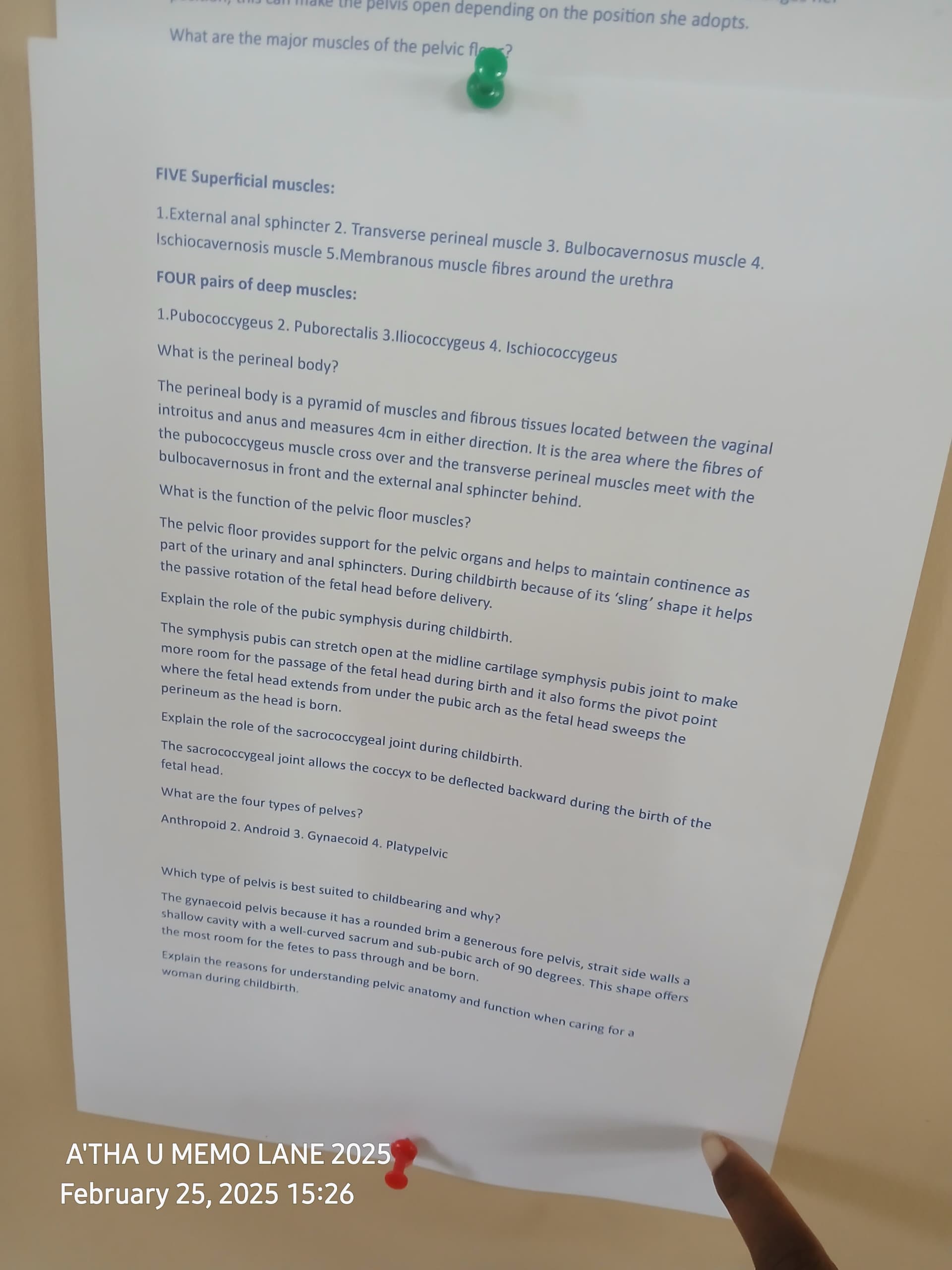Female pelvis and menstruation
1/85
There's no tags or description
Looks like no tags are added yet.
Name | Mastery | Learn | Test | Matching | Spaced |
|---|
No study sessions yet.
86 Terms

What is the primary hormone responsible for the changes that occur during the menstrual cycle?
Estrogen is the primary hormone that regulates the menstrual cycle, affecting the endometrial lining and other pelvic structures.
What role do hormones play in the menstrual cycle?
The irregular, basin-shaped bony cavity of the female pelvis contains the bladder, rectum, uterus, cervix, and upper vagina. It is surrounded by three strong innominate bones fused together along with four pelvic joints that have strong ligaments, allowing movement to create more room for the fetal head to move down during labor and birth. This process starts with the pelvic brim (the inlet), followed by the middle cavity, and then the pelvic outlet, which is the lowest part of the pelvis. The soft tissues of the pelvic floor form a sling to support the pelvic organs.